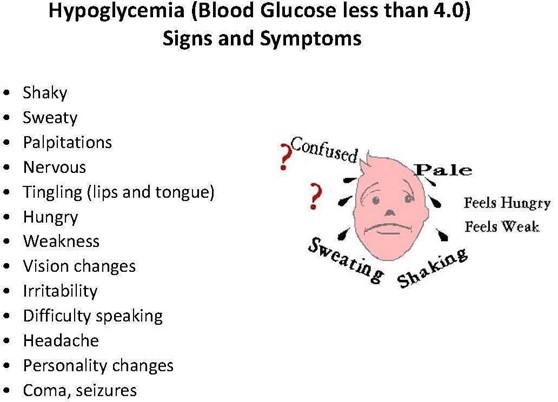- 4 ounce apple Juice 8 ounces milk
- 4 ounces broth
- 4 ounces tea
A client remains on strict intake and output (1&O) on the first postoperative day and documents the last 8 hours of intake on the I&O bedside record above. How many mL should the practical nurse (PN) document in the client's electronic medical record (EMR)?
(Enter numeric value only.)
The Correct Answer is ["591.4"]
To calculate the total intake in milliliters (mL), we need to convert the given measurements from ounces to milliliters and then sum them up.
1 ounce (oz) is approximately equal to 29.57 milliliters (mL).
Given intake: 4 ounces apple juice = 4 oz * 29.57 mL/oz = 118.28 mL 8 ounces milk = 8 oz *
29.57 mL/oz = 236.56 mL 4 ounces broth = 4 oz * 29.57 mL/oz = 118.28 mL 4 ounces tea = 4 oz
* 29.57 mL/oz = 118.28 mL
Total intake = 118.28 mL + 236.56 mL + 118.28 mL + 118.28 mL = 591.4 mL
Nursing Test Bank
Naxlex Comprehensive Predictor Exams
Related Questions
Correct Answer is A
Explanation
A. Gather the procedure tray and equipment – The practical nurse should gather all necessary supplies for the healthcare provider to perform the thoracentesis efficiently. Preparing the equipment beforehand ensures that the procedure can start promptly and reduces interruptions for missing supplies.
Rationale for Incorrect Answers:
B. Cleanse the site and cover with a sterile towel – This action should be performed by the healthcare provider immediately before the procedure to maintain sterility. The PN’s role is to prepare equipment and ensure the client is positioned correctly.
C. Keep the patient NPO (nothing by mouth) and encourage them to void – While voiding may be encouraged before some procedures to improve client comfort, it is not necessary for thoracentesis. Additionally, keeping the client NPO is not required, as the procedure does not typically involve sedation that would necessitate this restriction.
D. Place the patient in an orthopneic position – This may be done just before the procedure, but the healthcare provider typically directs the final positioning. Initial positioning or seating at the bedside can be done, but orthopneic positioning should follow the provider’s instructions.
Correct Answer is B
Explanation
Hypoglycemia occurs when blood glucose levels drop below normal levels. It is commonly associated with diabetes mellitus and can result from various factors such as excessive insulin or oral hypoglycemic medication, delayed or missed meals, increased physical activity, or alcohol consumption.
Tremors, or shaking hands, are one of the early signs of hypoglycemia. They can occur due to the brain's response to low blood glucose levels. Other early signs of hypoglycemia may include sweating, palpitations, anxiety, hunger, and weakness.
A. Polyuria, or excessive urination, is not typically associated with hypoglycemia. It is more commonly seen in conditions such as hyperglycemia or diabetes insipidus.
C. Bradycardia, or a slow heart rate, is not a characteristic sign of hypoglycemia. It can occur in some cases of severe hypoglycemia, but it is not an early sign.
D. Difficulty swallowing is not directly related to hypoglycemia. It may be caused by other factors such as neurological or muscular conditions, esophageal disorders, or structural abnormalities in the throat or esophagus.

Whether you are a student looking to ace your exams or a practicing nurse seeking to enhance your expertise , our nursing education contents will empower you with the confidence and competence to make a difference in the lives of patients and become a respected leader in the healthcare field.
Visit Naxlex, invest in your future and unlock endless possibilities with our unparalleled nursing education contents today
Report Wrong Answer on the Current Question
Do you disagree with the answer? If yes, what is your expected answer? Explain.
Kindly be descriptive with the issue you are facing.
